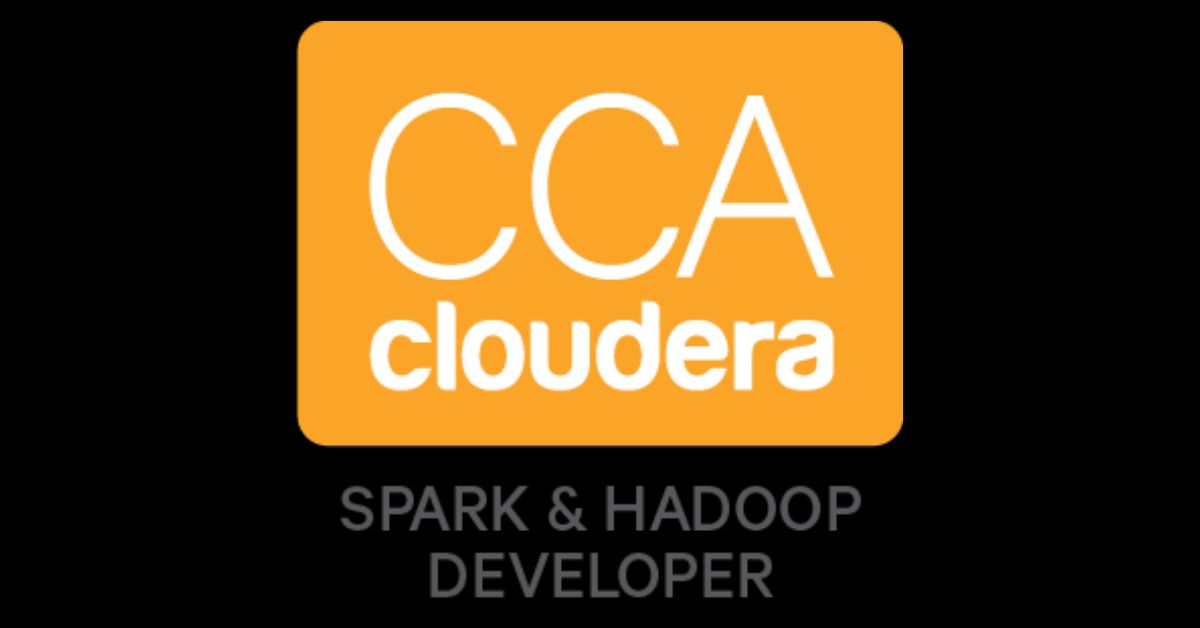Lean Six Sigma White Belt

I received my Lean Six Sigma White Belt on July 25, 2019, through my employer, CME Group. White Belt was a great way to get my feet wet with Lean Six Sigma. In this post, I provide a gist of what Lean Six Sigma is and share my experience.
Lean Six Sigma
Lean Six Sigma is a combination of Six Sigma and Lean.
Six Sigma (6σ) is a set of techniques to improve the quality of the output of a process by identifying and removing the causes of the majority of the defects and minimizing variability. It relies on the Pareto principle or 80/20 rule to rectify the 20% of the process that causes 80% of the defects.
Lean is a systematic method of minimizing the waste in a process without sacrificing productivity. Lean focuses on reducing anything that doesn’t add value.
Lean Six Sigma combines the best of Six Sigma and Lean to improve performance by systematically removing waste and reducing variation. Lean Six Sigma uses Sigma as a metric that focuses on defects and allows comparisons between processes with different measurement systems.
History
The ideas behind Lean Six Sigma can be traced back to WWII. During WWII, Applied Math was used to decrease failure rate and increase customer standards in production. Lean Six Sigma originated in Motorola in the mid-1980s to compete with Japan’s Kaizen methodology which refers to collaborative efforts to continuously improve all functions.
Training
Lean Six Sigma has a belt-based training system similar to that of martial arts like Karate and Judo. The training programs include White Belt, Yellow Belt, Green Belt, Black Belt, and Master Black Belt. White Belt is the beginner-level program while Master Black Belt is the most advanced program.
My White Belt Program
The White Belt Program at CME Group was an introductory full-day training that included interactive simulation and workshop. The CME Group White Belt Certificate signifies that the personnel is trained in the basics of the Lean Six Sigma process improvement principles.
All the trainees in the workshop were designated a role in the fictional company and part of the simulation. At the beginning of the simulation, the process was deliberately designed to be inefficient and inconsistent. As we learned the various concepts of Lean Six Sigma, we used those techniques in each round to make the process efficient and consistently deliver high-quality output.
DMAIC
DMAIC is the overarching methodology for process improvement in Lean Six Sigma. It is a data-driven improvement cycle to improve, optimize, and stabilize processes. DMAIC is an acronym for the following
D – Define
M – Measure
A – Analyze
I – Improve
C – Control
Define
In the Define step of the DMAIC cycle, the business case should be clearly defined after identifying the stakeholders and capturing the customer’s expectations, preferences, and aversions. A Project Charter is one of the most popular tools for capturing all the information such as Problem Statement, Goals, Business Case, and Stakeholders.
Measure
In the Measure step, the baseline measurements for the process should be objectively established. The units of measurement are clearly defined and data is collected to establish the performance metric baselines. These metrics should be improved after the application of DMAIC. Some of the visualization tools to display the data are frequency plots, time plots, and Pareto Charts. The process is measured using Process Sigma, a statistical concept that represents how much variation there is in a process relative to customer specification. Sigma allows comparisons between processes with different measurement systems.
Analyze
In this step, root causes for elimination are selected after identification and validation. Root cause analysis is conducted to identify several potential root causes. The root causes are validated through data and then the most significant root causes are selected. One of the most popular tools used in this process is a Fishbone diagram that helps with identifying the root causes. DOWNTIME is an acronym used to represent the eight types of waste that need to be considered when analyzing the root causes.
D – Defects
O – Overproduction
W – Waiting
N – Non-utilized talent
T – Transportation
I – Inventory
M – Motion
E – Extra Processing
Improve
In this step, a solution to eliminate the key root causes is identified, tested, and implemented. Tools such as Six Thinking Hats and Design of Experiments or DOE are used to brainstorm and test the solutions.
Control
Control is the final step in the DMAIC improvement method. In this step, the changes are embedded or stuck to ensure sustainability and consistency. The process is monitored over time and response plans are in place to take care if the process becomes unstable at any time. A control chart is one of the most popular tools used in this step.
Applications of Lean Six Sigma
Lean Six Sigma finds applications in organizations across a wide range of sectors such as manufacturing, engineering, construction, finance, and healthcare. An example of the application of Lean Six Sigma in manufacturing would be to consistently produce high-quality artifacts with minimal wastage in the process. Some of the techniques of Lean Six Sigma such as colocation can be used across various sectors. The process improvement methods such as DMAIC can be tailored to fit the process in that sector and the process can be improved in a data-driven manner.
TL;DR
Lean Six Sigma is a set of techniques to improve processes to deliver efficient and high-quality output with minimal wastage. The training program for Lean Six Sigma has several belts with White Belt as the first step. DMAIC is the core concept of Lean Six Sigma. DMAIC is a data-driven process improvement method and it stands for Define, Measure, Analyze, Improve, and Control.
White Belt is a great starting point for Lean Six Sigma. Even if you’re not interested in Lean Six Sigma, I would recommend trying White Belt as it will help broaden your horizon and enrich you with ideas for process improvement.





Leave a Reply